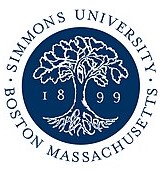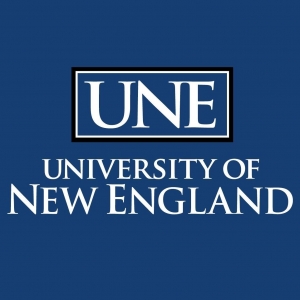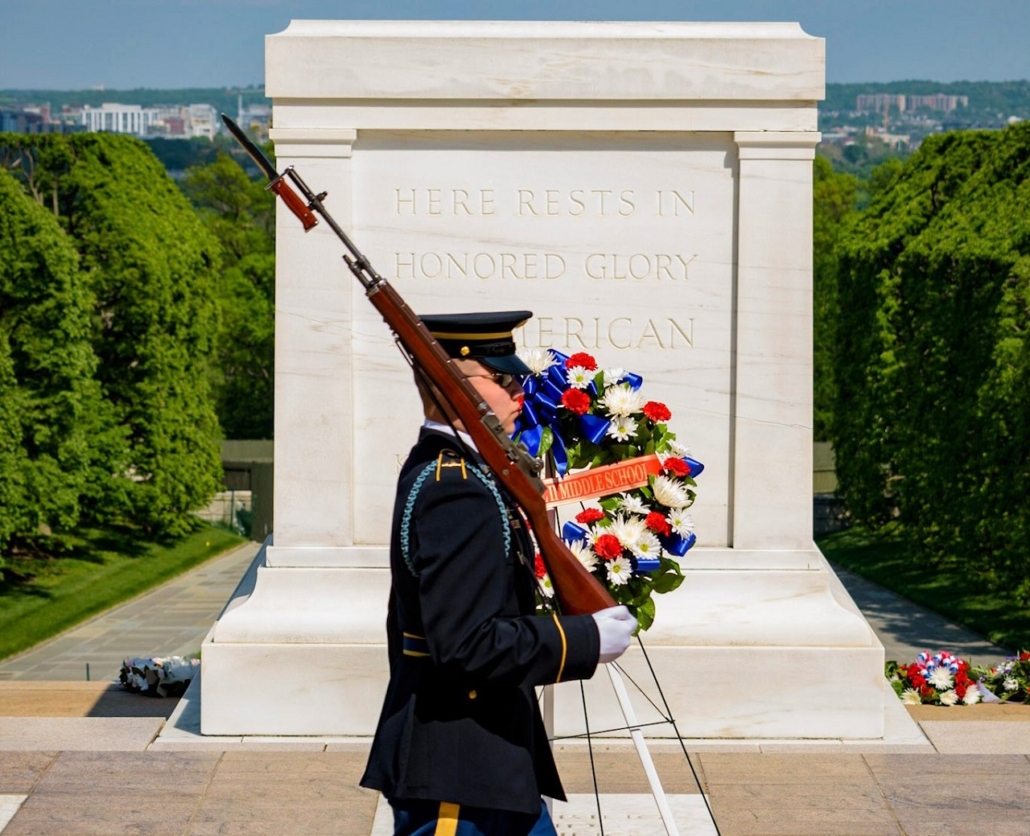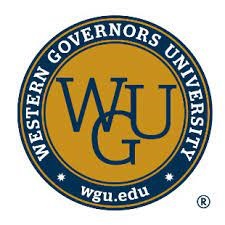
Taken at Toy Story Land, at Hollywood Studios. Front row left to right, Jordan “JoJo,” Garay, 7, Layla Garay, 5 and Kobe Garay, 9. Back row , Lennie Langlais, Justina Tippin, Amanda Garay, Victor Garay and Cathy Langlais. (contributed photo)

Jordan Garay (contributed photo)
This past month, seven-year-old Jordan Garay (“Jojo”), of Winslow, traveled to Walt Disney World, in Florida, for his wish! Jojo was born with a heart defect that required him to have a pacemaker inserted at just nine days old. Jojo’s family was very familiar with Make-A-Wish, as his grandmother Cathy is a long-time wish granting volunteer, having worked with dozens of wish kids over the years.
Jojo knew all along that he wanted to go to Walt Disney World for his wish! He especially wanted to visit Legoland and dreamed of staying in Give Kids the World Village, a nonprofit partner on 89-acres, in Kissimmee, Florida, which is where all wish kids stay on their local wish trips. This whimsical resort is a favorite for wish families who travel to Florida.
Jojo found out that his wish would be granted in a very special way. He and his family attended a Portland Sea Dogs game where he got to go on the field and learn the good news in front of the entire stadium.
“The atmosphere was amazing and hearing the crowd cheer for him was so special. He came running up to me after and was so excited that he was going to get his wish. The whole day was so special for our family,” says wish mom Amanda Garay.
After the special announcement, Jojo’s wish granting volunteers, including his grandmother Cathy, surprised Jojo and his family with his Wish Party. Complete with balloons, cake and travel bags packed with gifts, they learned more about what Jojo’s wish would be like.
“It was wonderful to grant Jojo’s wish to go to Walt Disney World and to see how meaningful the wish was for Jojo and his entire family,” says Mackenzie Perry, Wish Manager for Make-A-Wish Maine. “It was especially meaningful as his grandmother is a long-time Make-A-Wish Maine volunteer and we were grateful to be able to have her grandson experience the impact of a wish.”
Thanks to the Fast Pass Lanes, the Garay kids were able to make it through lines quicker and go on even more rides throughout the day. They rode some of their favorites multiple times throughout their visit. And, while the family had a lot of information about the mission of Make-A-Wish, experiencing it firsthand was a unique experience.
“Over the past 20 years I have heard my mom speak about how important Make-A-Wish is to her and I have seen her dedication to all her wish kids. I knew it was special and I knew she put her heart into it, but I never truly understood the impact of a wish until we experienced JoJo’s wish,” says wish mom Amanda. “Our family was able to make these amazing memories and not worry, not worry about hearts, not worry about cancer, not worry about anything.”
Make-A-Wish Maine extends thanks to Field of Greens Limo, Portland Sea Dogs, Give Kids the World Village, Walt Disney World, Universal Studios, Sea World, and Legoland for making Jojo’s wish come true.

(contributed photo)






 The following local students were named to the 2021 fall semester dean’s list at Simmons University, in Boston, Massachusetts. To qualify for dean’s list status, undergraduate students must obtain a grade point average of 3.5 or higher, based on 12 or more credit hours of work in classes using the letter grade system.
The following local students were named to the 2021 fall semester dean’s list at Simmons University, in Boston, Massachusetts. To qualify for dean’s list status, undergraduate students must obtain a grade point average of 3.5 or higher, based on 12 or more credit hours of work in classes using the letter grade system.



 Bethanie Farr, of Winslow, has earned an Award of Excellence at Western Governors University College of Health Professions, in Jersey City, New Jersey. The award is given to students who perform at a superior level in their course work.
Bethanie Farr, of Winslow, has earned an Award of Excellence at Western Governors University College of Health Professions, in Jersey City, New Jersey. The award is given to students who perform at a superior level in their course work.


